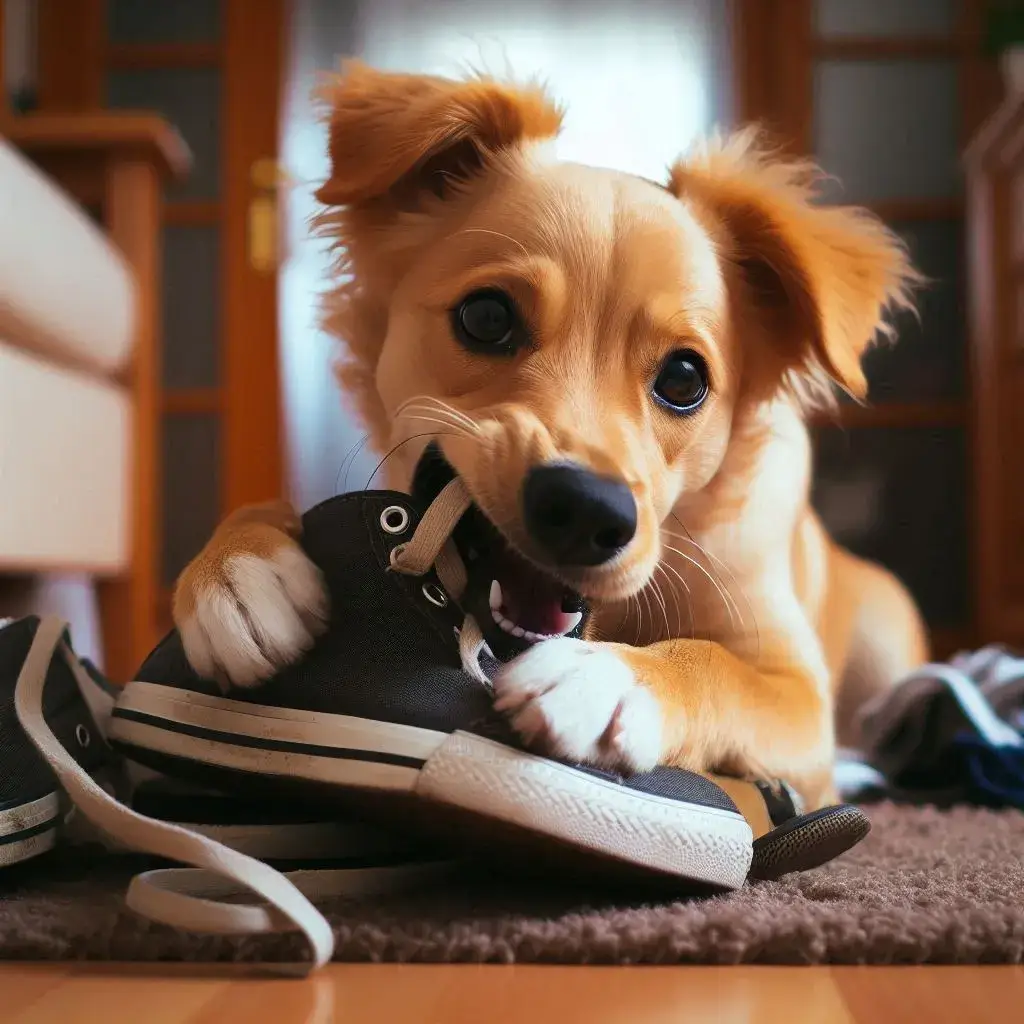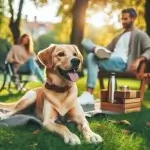Dealing with a destructive chewer can be challenging for dog owners. Understanding the reasons behind this behavior and implementing effective strategies can help manage and prevent it. This guide provides comprehensive insights into handling destructive chewing, ensuring your dog remains happy and your belongings are safe.
Understanding Destructive Chewing in Dogs
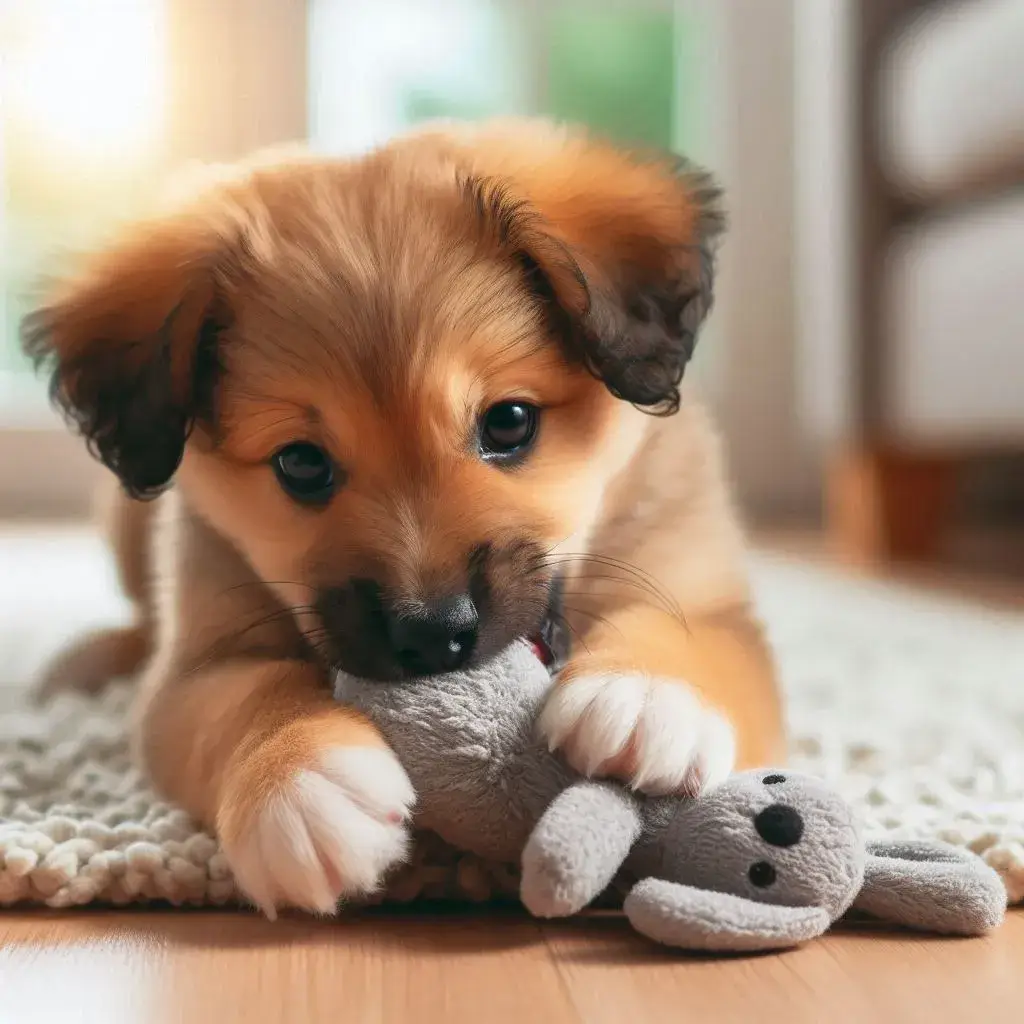
What is Destructive Chewing?
Destructive chewing refers to a dog’s behavior of chewing on inappropriate items, such as furniture, shoes, and other household objects. While chewing is a natural activity for dogs, it becomes problematic when directed towards the wrong items.
Why Do Dogs Chew?
Natural Instinct Chewing is a natural behavior for dogs. It helps them explore their environment, clean their teeth, and relieve boredom or stress.
Teething in Puppies Puppies chew to alleviate the discomfort of teething. This phase typically occurs between three to six months of age.
Boredom and Anxiety Dogs may chew destructively when they are bored, anxious, or seeking attention. Chewing provides an outlet for their energy and stress.
Identifying a Destructive Chewer
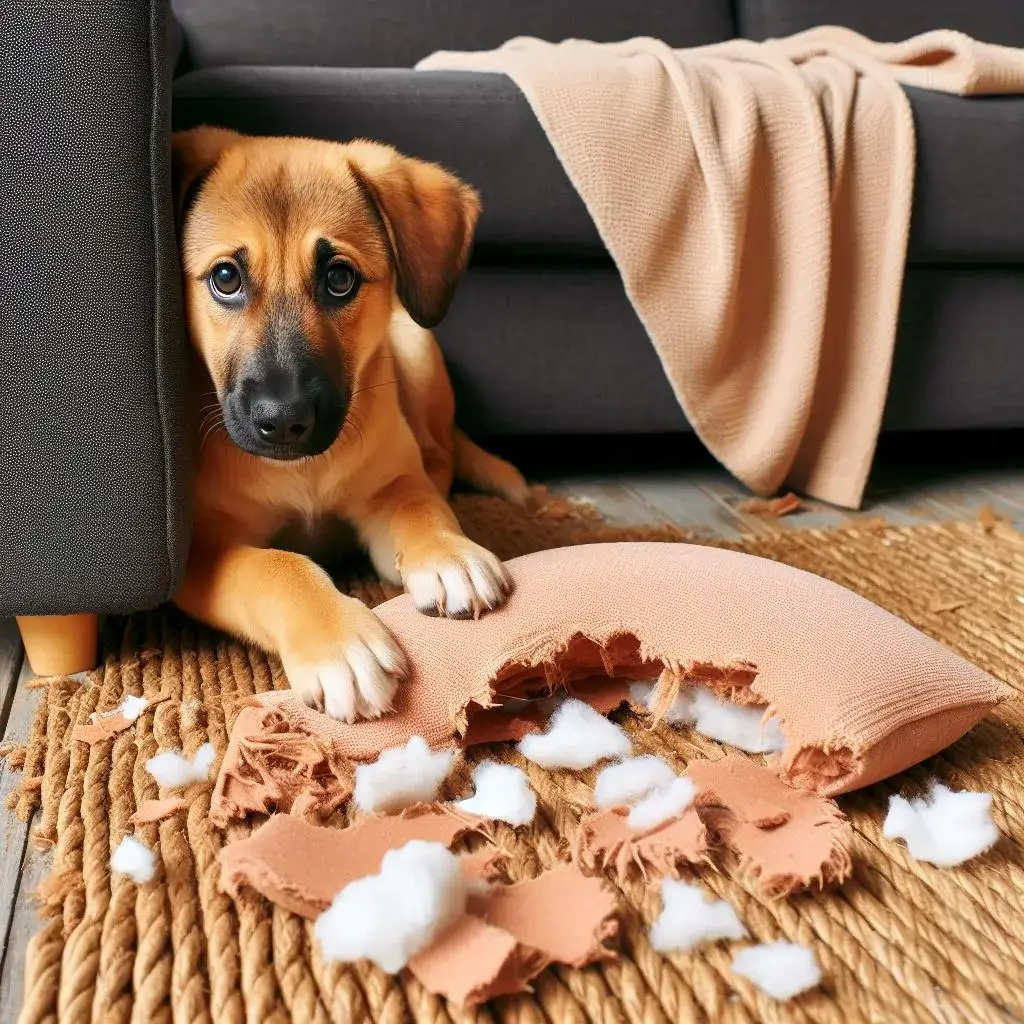
Signs of Destructive Chewing Look for chewed-up furniture, shoes, or other household items. Dogs might also exhibit signs of guilt or anxiety after being caught chewing.
Behavioral Patterns Notice when your dog chews the most. Patterns of chewing often align with times when dogs are left alone or unstimulated.
Preventing Destructive Chewing
Provide Appropriate Chew Toys
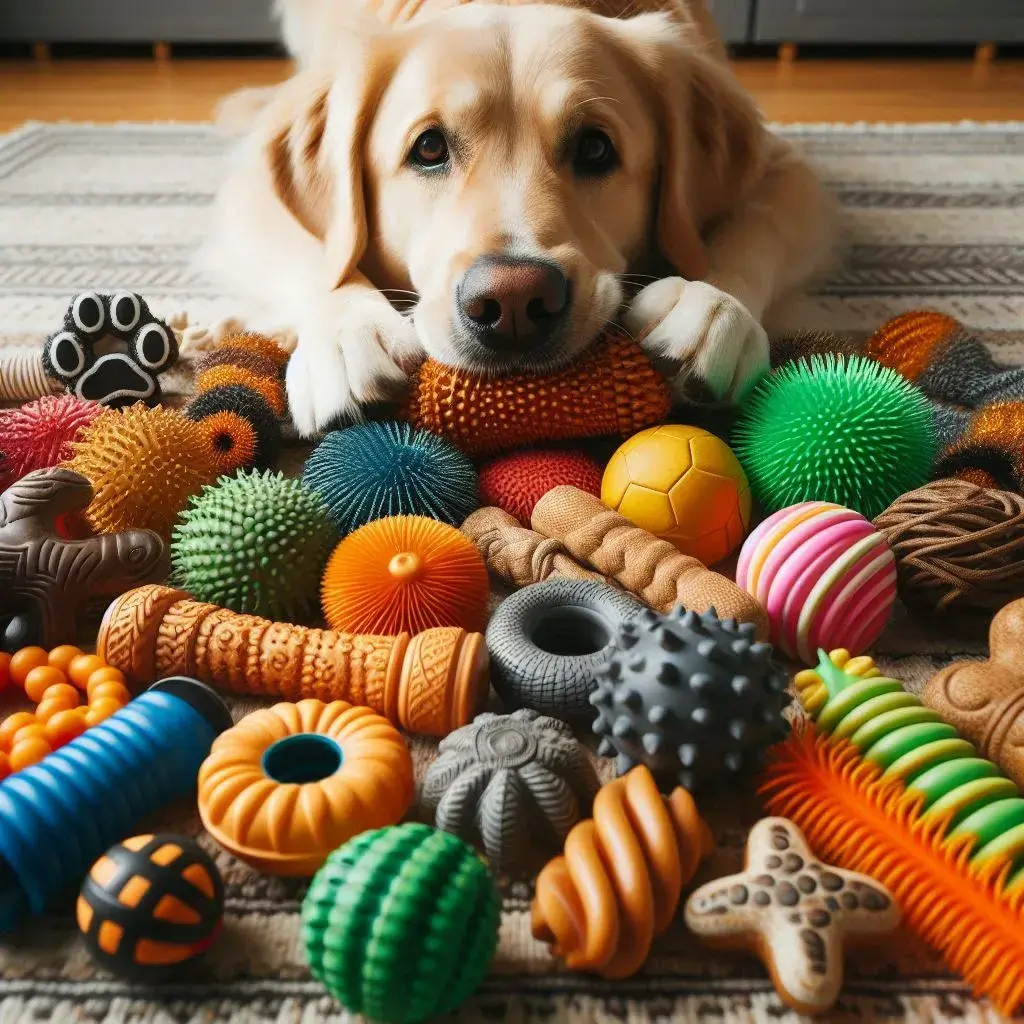
Selecting the Right Chew Toys Choose durable, safe chew toys that match your dog’s size and chewing strength. Look for toys specifically designed to withstand strong chewers.
Rotating Toys Keep your dog engaged by rotating their toys regularly. Introducing new toys can maintain their interest and reduce the likelihood of destructive chewing.
Exercise and Mental Stimulation
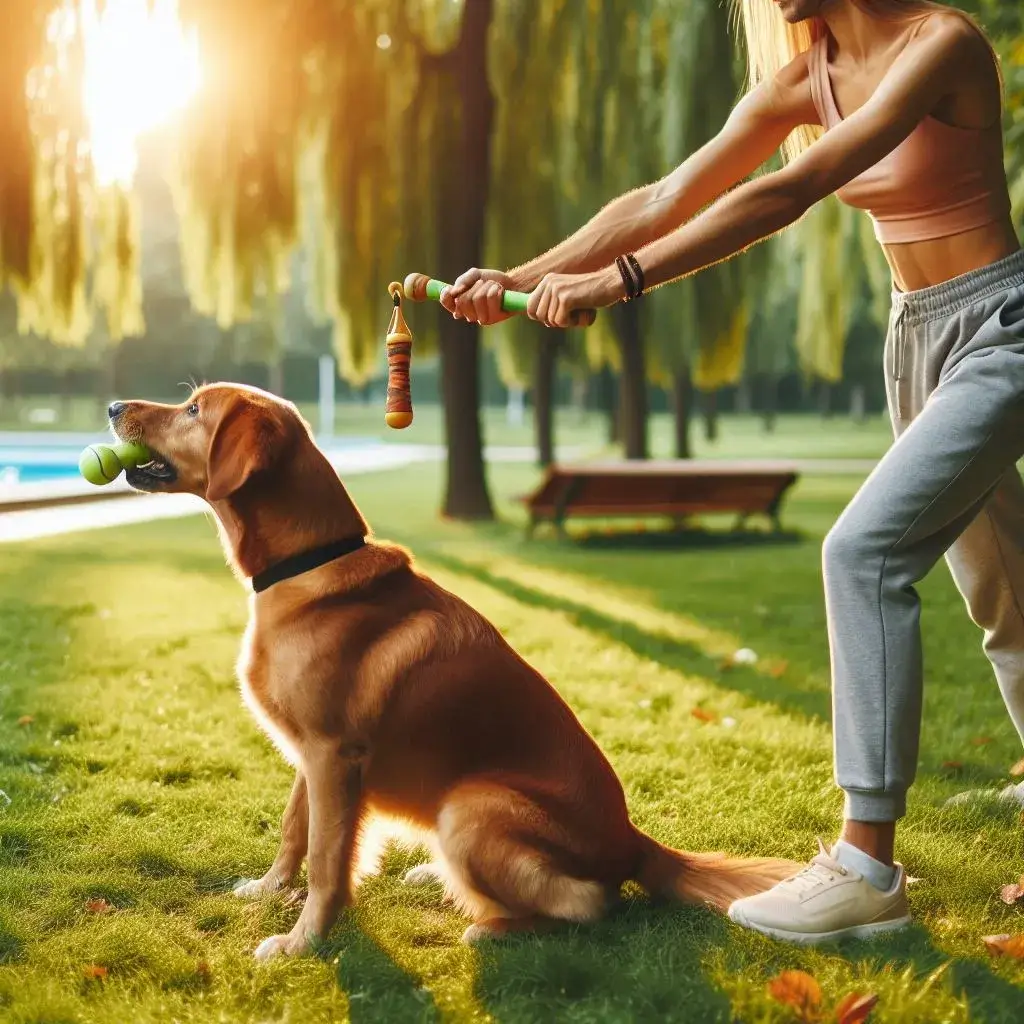
Daily Exercise Ensure your dog gets adequate physical exercise through walks, playtime, and interactive games. A tired dog is less likely to engage in destructive behaviors.
Mental Enrichment Provide mental stimulation through puzzle toys, training sessions, and scent games. Mental enrichment can reduce boredom and anxiety.
Crate Training
Benefits of Crate Training Crate training can provide a safe space for your dog when you are not able to supervise them. It helps prevent access to household items that can be chewed.
Implementing Crate Training Introduce the crate gradually, making it a positive space with treats and toys. Ensure the crate is comfortable and not used as a form of punishment.
Correcting Destructive Chewing
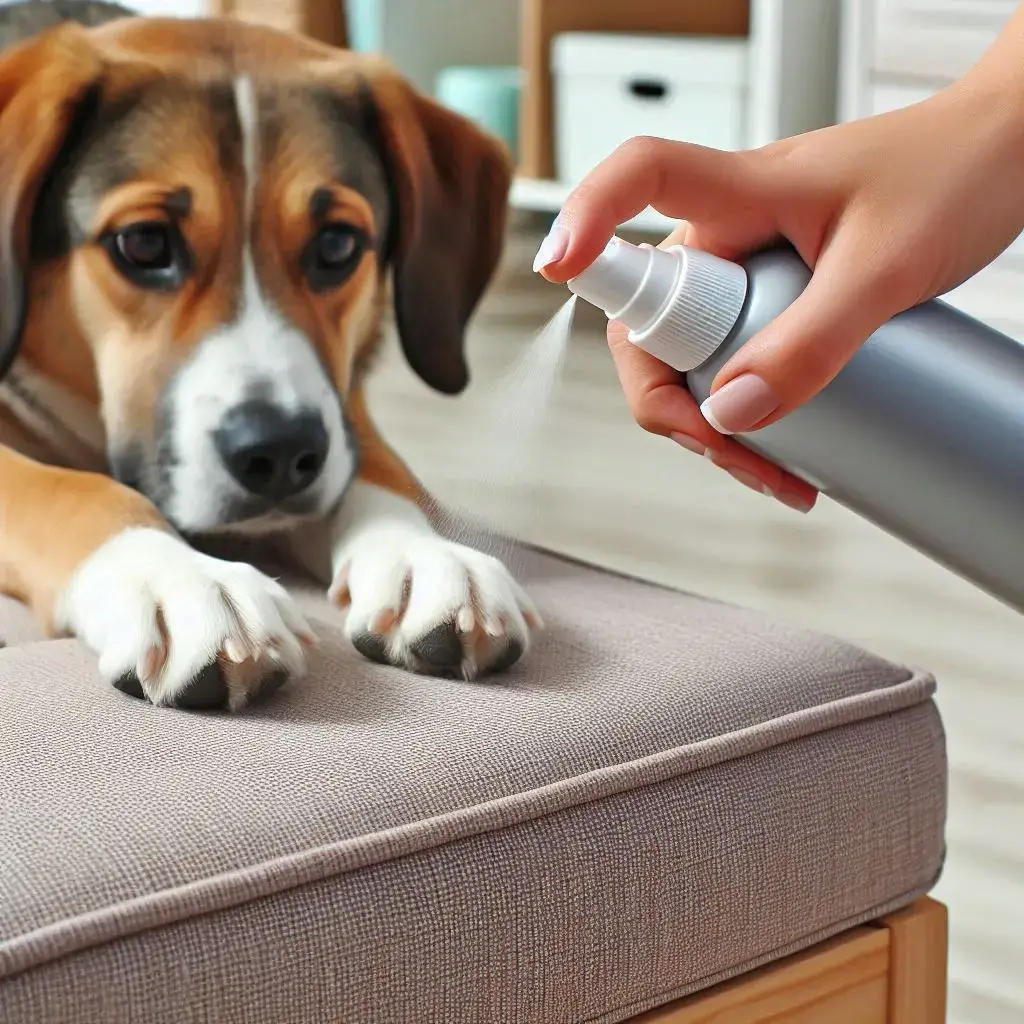
Positive Reinforcement
Rewarding Good Behavior Praise and reward your dog when they chew on appropriate items. Positive reinforcement encourages them to repeat the desired behavior.
Redirecting Attention If you catch your dog chewing on something inappropriate, calmly redirect them to a suitable chew toy. Consistency is key in reinforcing positive behavior.
Training Techniques
Basic Commands Teach basic commands like “leave it” and “drop it” to control your dog’s chewing behavior. Consistent training helps them understand what is acceptable to chew.
Using Deterrents Apply dog-safe deterrent sprays to items your dog tends to chew. The unpleasant taste can discourage them from chewing on these objects.
Understanding and Addressing Underlying Issues
Separation Anxiety
Identifying Separation Anxiety Signs of separation anxiety include excessive barking, whining, pacing, and destructive chewing when left alone. Understanding these signs is crucial for proper management.
Managing Separation Anxiety Gradually desensitize your dog to being alone by leaving them for short periods and gradually increasing the time. Provide comfort items and create a calming environment.
Health Issues
Dental Problems Dogs with dental problems may chew to relieve discomfort. Regular dental check-ups can help identify and treat these issues.
Nutritional Deficiencies Ensure your dog’s diet is balanced and provides all necessary nutrients. Consult your vet if you suspect nutritional deficiencies might be causing the chewing behavior.
Living with a Chewer
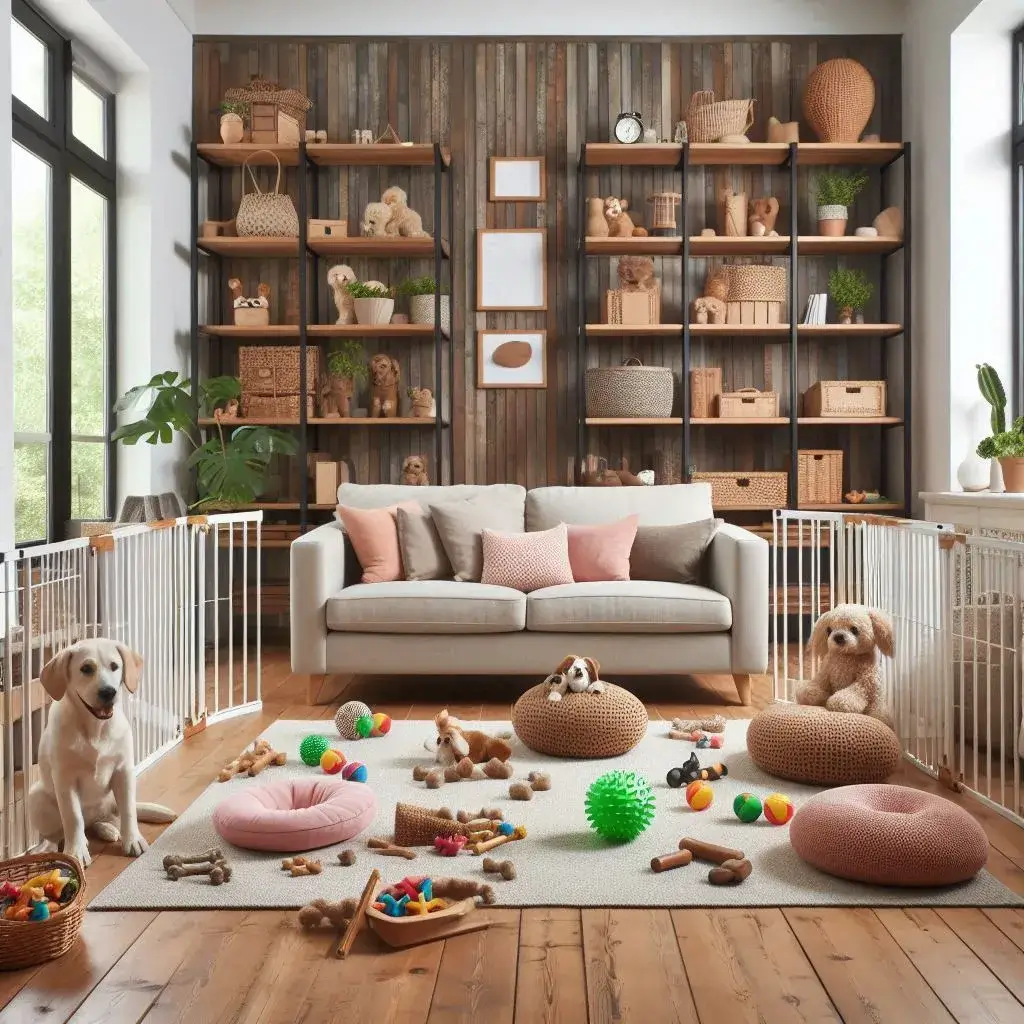
Creating a Chew-Friendly Environment
Dog-Proofing Your Home Remove or secure items that your dog is likely to chew. Use barriers or gates to restrict access to certain areas.
Supervised Freedom Gradually increase the amount of unsupervised freedom your dog has as they learn to chew appropriately. Monitor their behavior and adjust as needed.
Ongoing Training and Management
Consistency is Key Be consistent with rules and training. Inconsistency can confuse your dog and make it harder to correct destructive behaviors.
Regular Check-Ins Continue to monitor your dog’s chewing behavior and adjust strategies as needed. Regular check-ins ensure any new issues are addressed promptly.
FAQs about Dealing with a Destructive Chewer
How can I stop my dog from chewing on furniture? Provide appropriate chew toys, exercise regularly, and use deterrent sprays on furniture to discourage chewing.
Why does my dog chew when I’m not home? Your dog may be experiencing separation anxiety or boredom. Provide mental stimulation and gradually desensitize them to being alone.
Are certain breeds more prone to destructive chewing? While all dogs can be chewers, breeds with high energy levels, such as Labradors and Terriers, may be more prone to destructive chewing.
Can chewing be a sign of health problems? Yes, dental issues or nutritional deficiencies can lead to increased chewing. Regular veterinary check-ups are important to rule out these problems.
What should I do if my puppy is teething and chewing on everything? Provide safe, appropriate chew toys designed for teething puppies and supervise them to prevent chewing on inappropriate items.
How long does it take to correct destructive chewing behavior? Consistency in training and providing appropriate outlets for chewing can yield improvements within a few weeks, but it varies by dog.
Conclusion
Dealing with a destructive chewer requires patience, understanding, and consistent training. By providing appropriate chew toys, ensuring regular exercise and mental stimulation, and addressing any underlying issues, you can manage and prevent destructive chewing. Remember, a well-trained and mentally stimulated dog is a happy dog, and with the right strategies, you can enjoy a harmonious relationship with your furry friend.
